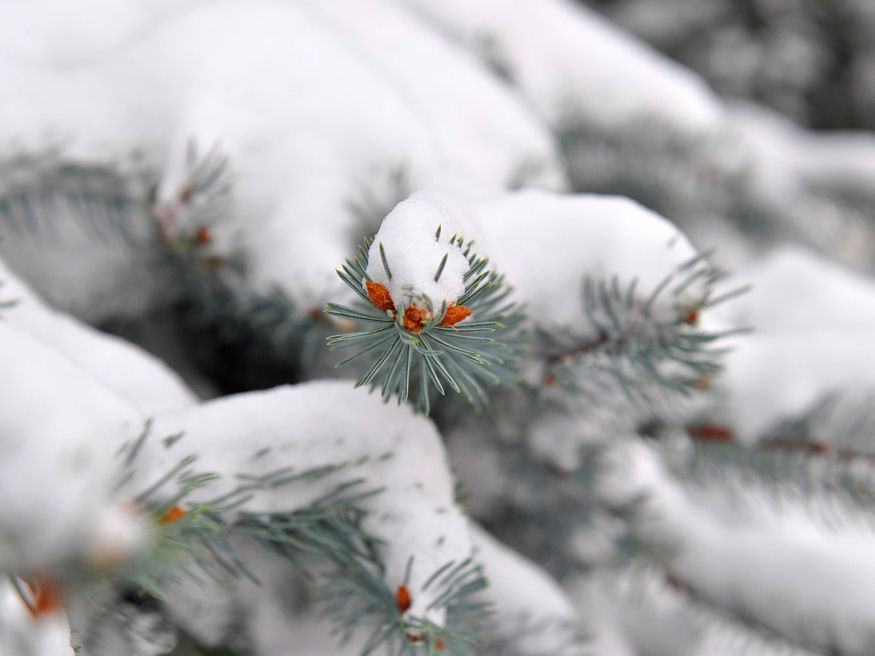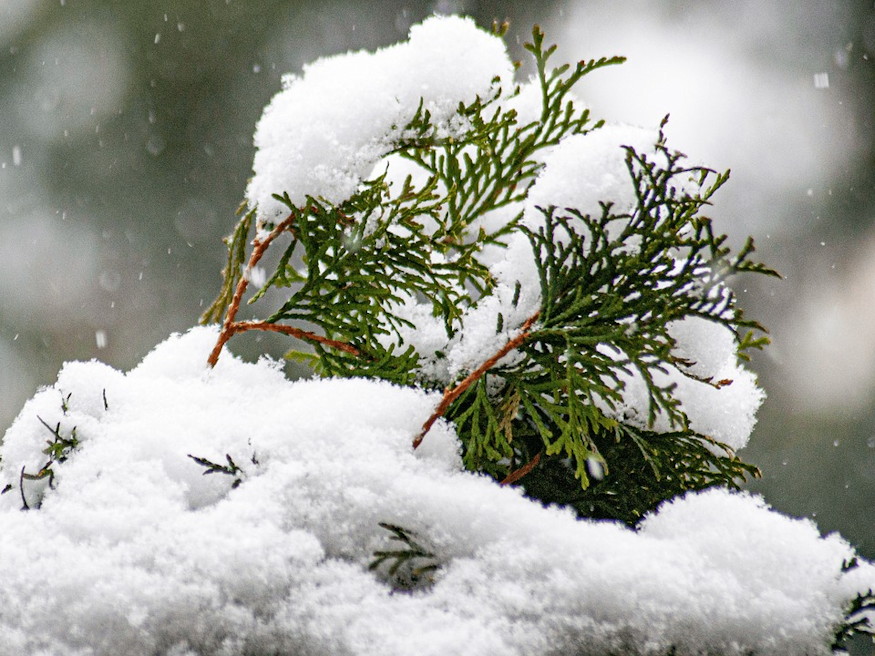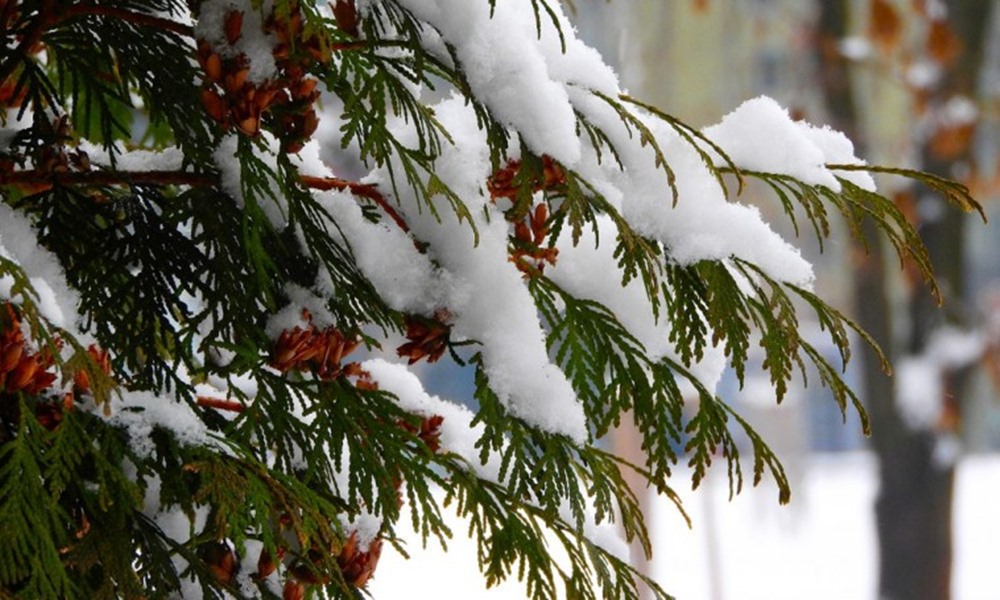As the winter season blankets your garden in a glistening layer of snow, it’s a magical sight to behold. However, this winter wonderland can become a burden for your garden’s trees and shrubs. The heavy snow cover can stress them, even to the point of causing damage. In this article, we’ll explore how to help your garden plants shed the snow and stay healthy during the winter months.
1. The Weight of Winter: Understanding the Challenge
Before we dive into the practical solutions, it’s essential to understand why snow can be problematic for your garden’s trees and shrubs. Just like carrying a heavy load, excessive snow accumulation can put significant stress on these plants. This is especially true for dwarf and cordon (columnar) fruit trees and woody shrubs. The extra weight of snow and ice can lead to several issues, including broken branches.
2. Gentle Persuasion: Removing Snow without Harm
When it comes to assisting your snow-burdened garden plants, a gentle touch is crucial. Here’s how to safely remove snow from your trees and shrubs:
- Tools You’ll Need: Grab a long, sturdy stick or a broom with a soft bristle, and make sure it’s not too heavy. You don’t want to add more weight to the already stressed branches.
- Technique: Stand beside the plant and reach up gently to tap the branches. Start from the top and work your way down. The goal is to dislodge the snow without causing any damage.
- Conifers and Evergreens: Pay extra attention to conifers and evergreens. These plants often have delicate foliage and branches. Avoid vigorous shaking or rough handling, as this can harm the foliage.

3. Timing Matters: When to Remove Snow
Timing is key when it comes to snow removal. It’s essential to strike a balance between allowing the snow to accumulate and removing it before it becomes too heavy. Ideally, remove snow from your trees and shrubs after each significant snowfall or when you notice the weight becoming excessive. This proactive approach can prevent damage and stress to your garden plants.
4. Preventative Measures: Wrapping and Supporting Your Plants
Another way to protect your garden plants from the weight of snow is through preventative measures. Here are a few options to consider:
- Burlap Wrapping: You can wrap sensitive plants, like dwarf fruit trees, in burlap to shield them from heavy snow and ice.
- Support Structures: Installing support structures like wooden frames can help distribute the snow’s weight more evenly, reducing the stress on branches.

5. A Winter Garden’s Beauty: The Aftermath
After successfully relieving your garden plants of their snowy burden, take a moment to admire the serene winter landscape. Your trees and shrubs will thank you for your care and attention. And when spring arrives, your garden will be vibrant and ready to thrive.
Incorporating Nature’s Rhythms: A Garden’s Winter Story
As we conclude this journey through winter’s challenges and solutions, remember that your garden is a dynamic living space. Understanding and adapting to the seasons is an essential part of being a plant enthusiast. So, when winter’s icy grip covers your garden, take these tips to heart and watch your plants flourish through the seasons.









